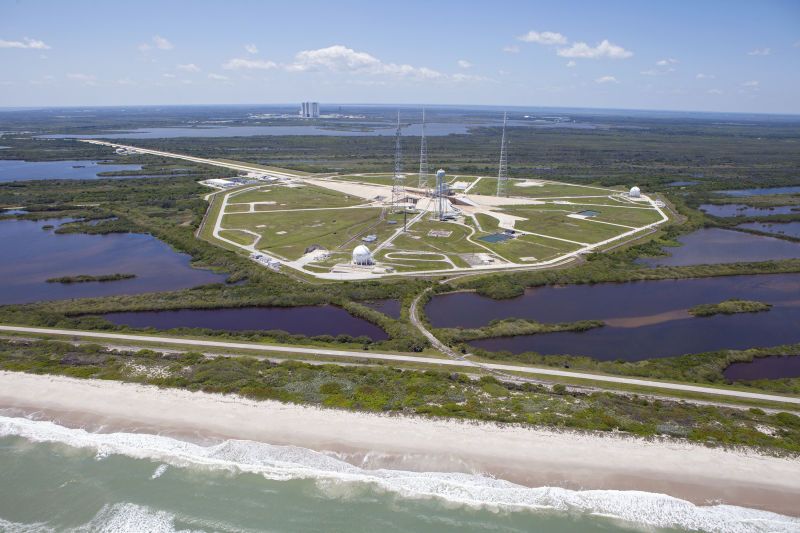Global warming is a complex problem that is not easy to solve. While world leaders seem to be dragging their feet over the issue, Yotam Ariel, founder of Bluefield, believes he might have at least one piece of the puzzle sorted. Methane monitoring from space. By leveraging a network of microsatellites with a proprietary sensor, Bluefield plans to deliver alerts and analytics to oil and gas clients to help combat the inadvertent release of methane gas
Methane, a greenhouse gas, is leaking into the atmosphere. One might ask, “Why bother with methane, isn’t carbon dioxide the problem?” Well, according to the IPCC (https://www.ipcc.ch/), methane is 84 times more potent than carbon dioxide, which is clearly a bad thing for global warming. Methane is believed to be responsible for 25% of global warming and knowing who is emitting, when, and how much, would be a massive step towards reversing climate change. Since between 50 and 65% of total global methane emissions come from human activities, being able to identify and stop leaks is crucial to lowering greenhouse gases in our atmosphere.
Bluefield plans to specialize in methane gas detection and not try and solve all problems all at once and thereby reducing complexity. Further reduction in complexity is achieved by leveraging outside suppliers where applicable that complement the Bluefield plans. By reducing the complexity, Bluefield can focus on its core mission and specialty. Areas outside of detection such as the satellite parts, ground stations, the launch, and other services will be outsourced. This will allow Bluefield to quickly move through its development stages. Whereas it might take up to 10 years for a space agency like NASA, JAXA or ESA, to fund, design, test and launch a custom satellite, Bluefield aims to accomplish this as early as next year.
In fact, the prototype for the first microsatellite design has already been completed. Bluefield shortlisted several suppliers and the final selection will be made soon. The company is well on its way to testing its technology in orbit after completing both field tests and high-altitude balloon tests this year. By mounting its newly developed sensor on several backpack-sized microsatellites, Bluefield will be able to collect enough raw data to provide methane emission monitoring at a previously unthinkable level in terms of global coverage, high resolution and at a price point well below what is currently available.



